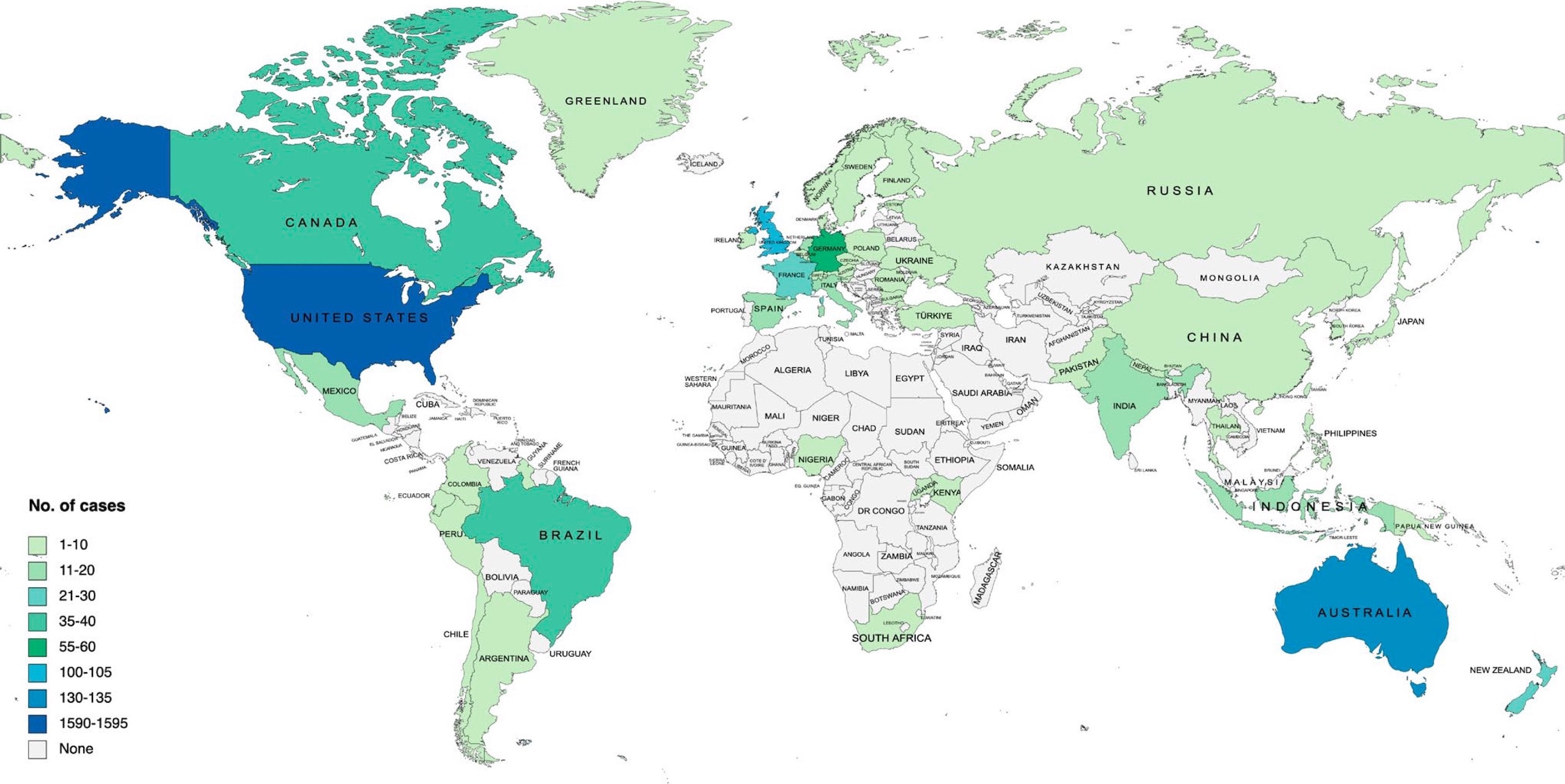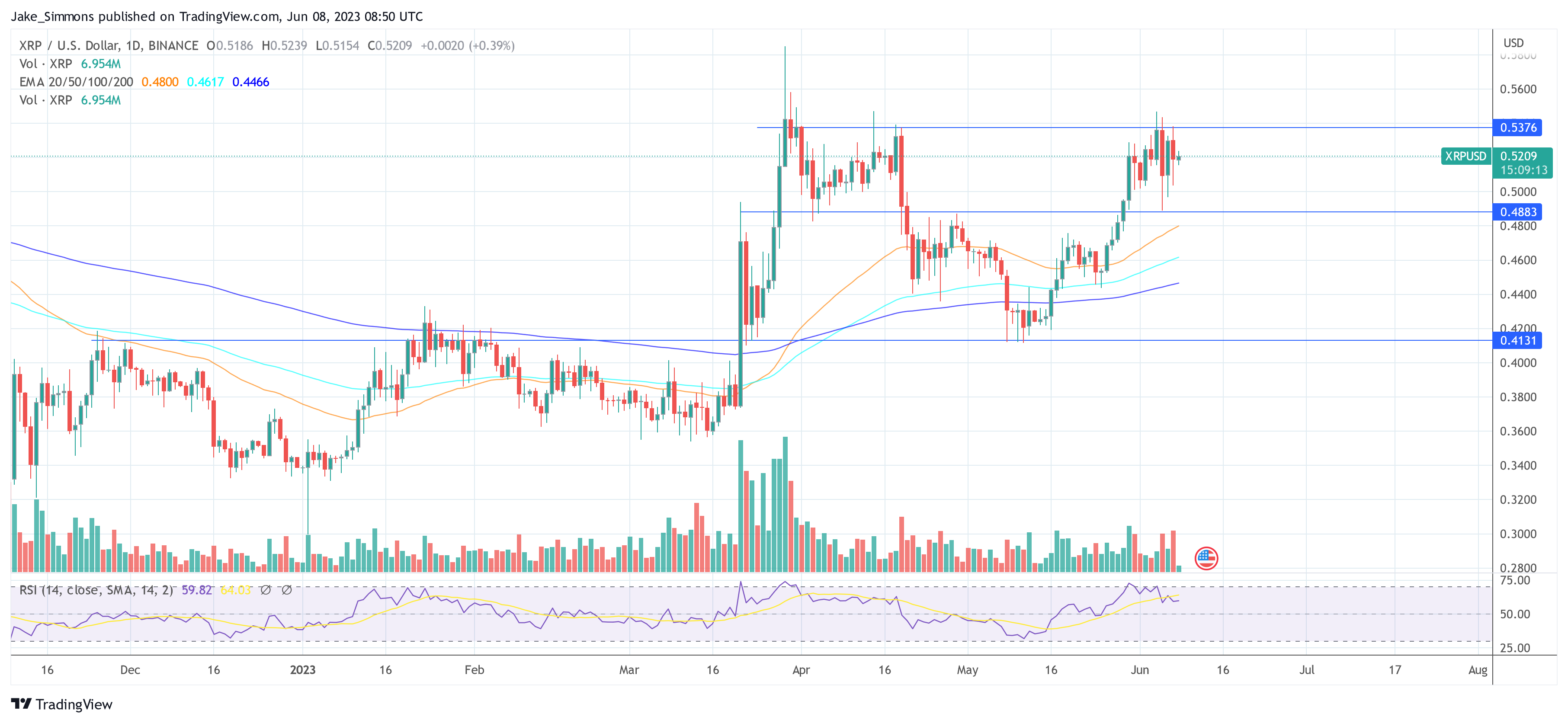Ongoing Nuclear Litigation: Cases, Trends, And Impacts

Table of Contents
Landmark Cases Shaping Ongoing Nuclear Litigation
Numerous high-profile lawsuits significantly shape the current trajectory of ongoing nuclear litigation. These cases often involve intricate legal battles between government agencies, energy companies, and affected communities, raising critical questions about liability, regulatory violations, and environmental contamination. Let's examine some examples:
-
The Parties Involved: Cases frequently involve governmental regulatory bodies like the Nuclear Regulatory Commission (NRC) in the United States or equivalent agencies in other countries, major energy corporations operating nuclear plants, and individuals or communities affected by nuclear incidents or waste disposal practices. Insurance companies also play a substantial role, often bearing the brunt of financial liabilities.
-
Core Issues at Stake: The core issues vary but often revolve around determining liability for damages caused by accidents or negligence, proving regulatory violations, assessing the extent of environmental contamination and its long-term health consequences, and establishing appropriate compensation for affected parties.
-
Current Status: Many lawsuits are protracted affairs, involving multiple stages of litigation, including trials, appeals, and potential settlements. Some cases drag on for decades, resulting in ongoing financial and legal uncertainty. The use of expert witnesses and extensive scientific evidence is a common feature.
Case Study 1: In re TMI-2 Litigation – A Deep Dive
The Three Mile Island accident (TMI-2) in 1979, while not a currently ongoing case in the traditional sense, continues to shape ongoing nuclear litigation through its lasting legal precedents and the ongoing health monitoring of affected individuals. This case established crucial legal frameworks for assessing long-term health impacts, demonstrating the complexity of linking specific health problems to low-level radiation exposure. It highlights the challenges in determining liability across various actors in the nuclear industry.
Case Study 2: Chernobyl Disaster Litigation – Examining Key Legal Precedents
The Chernobyl disaster profoundly impacted international nuclear litigation, generating numerous lawsuits addressing transboundary environmental contamination, long-term health impacts, and the responsibilities of both national governments and the former Soviet Union. These cases showcase the application of international law in addressing the global ramifications of nuclear accidents, establishing crucial precedents concerning compensation and liability in such catastrophic events.
Emerging Trends in Nuclear Litigation
The legal landscape surrounding nuclear litigation is constantly evolving. Several significant trends are reshaping the strategic approaches of both plaintiffs and defendants:
-
Increased Focus on Environmental Impacts: Lawsuits increasingly incorporate climate change arguments, emphasizing the long-term environmental consequences of nuclear waste and the carbon footprint of nuclear power generation. This intersects with broader concerns about sustainable energy and environmental justice.
-
Growing Use of Scientific Evidence: Nuclear litigation increasingly relies on advanced scientific methods and expert testimony to assess the extent of environmental damage, health risks, and the efficacy of remediation efforts. This often leads to intense scientific debates within the courtroom.
-
The Role of International Law: With increasing globalization and the potential for transboundary environmental contamination from nuclear incidents, international law is playing a more prominent role in these lawsuits. This includes establishing international standards for liability and compensation.
-
Emerging Legal Challenges Related to Decommissioning: The decommissioning of aging nuclear power plants presents significant legal challenges, raising questions about liability for the long-term management of radioactive waste and the environmental remediation of plant sites.
The Broad Impacts of Ongoing Nuclear Litigation
The consequences of ongoing nuclear litigation extend far beyond the immediate parties involved. The impacts ripple through various sectors:
Financial Impacts:
The costs associated with nuclear litigation are substantial, placing a significant financial burden on energy companies, insurers, and governments. Settlements and judgments can reach billions of dollars, impacting corporate profitability and potentially leading to increased energy prices. The costs of environmental remediation and long-term health monitoring also add to the financial strain.
Regulatory Impacts:
Lawsuits often serve as catalysts for stricter regulations and safety protocols within the nuclear industry. Court rulings and settlements can influence the development and implementation of new safety standards and regulatory frameworks.
Public Perception Impacts:
High-profile nuclear litigation cases profoundly affect public opinion regarding nuclear energy. Negative publicity surrounding accidents or regulatory failures can erode public trust in the industry, making it difficult to secure public support for new nuclear projects.
Policy Impacts:
Legal decisions in nuclear litigation significantly influence national and international nuclear policies. Court rulings can shape governmental regulations, international agreements on nuclear liability, and the overall approach to nuclear safety and waste management.
Conclusion: Understanding and Addressing the Challenges of Ongoing Nuclear Litigation
Ongoing nuclear litigation presents complex challenges with far-reaching consequences. The cases we've examined demonstrate the high stakes involved, the evolving legal strategies, and the profound impacts on various sectors. Understanding the intricacies of these legal battles is crucial for informed decision-making in the nuclear energy sector. Staying informed about the latest developments in ongoing nuclear litigation and the evolving legal landscape of nuclear power is essential for policymakers, industry stakeholders, and the public alike. To stay abreast of these crucial developments, subscribe to our newsletter for regular updates on significant cases and emerging trends in nuclear litigation.

Featured Posts
-
 Should You Buy Xrp Now A 400 Price Increase In 3 Months Analyzed
May 01, 2025
Should You Buy Xrp Now A 400 Price Increase In 3 Months Analyzed
May 01, 2025 -
 Is Ripple Xrp The Next Cryptocurrency To Make You A Millionaire
May 01, 2025
Is Ripple Xrp The Next Cryptocurrency To Make You A Millionaire
May 01, 2025 -
 Dragon Den Controversial Deal Stuns Investors
May 01, 2025
Dragon Den Controversial Deal Stuns Investors
May 01, 2025 -
 Legal Battle Filmmakers Claim Channel 4 Documentary Copies Their Work
May 01, 2025
Legal Battle Filmmakers Claim Channel 4 Documentary Copies Their Work
May 01, 2025 -
 Bio Based Scholen En De Afhankelijkheid Van Noodstroomaggregaten
May 01, 2025
Bio Based Scholen En De Afhankelijkheid Van Noodstroomaggregaten
May 01, 2025
Latest Posts
-
 Tributes Pour In After Passing Of Dallas Star 100
May 01, 2025
Tributes Pour In After Passing Of Dallas Star 100
May 01, 2025 -
 Dallas Stars Death Reflecting On The 80s Soap Opera Golden Age
May 01, 2025
Dallas Stars Death Reflecting On The 80s Soap Opera Golden Age
May 01, 2025 -
 Dallas Icon Passes Away At The Age Of 100
May 01, 2025
Dallas Icon Passes Away At The Age Of 100
May 01, 2025 -
 The End Of An Era Dallas Star And 80s Soap Legend Passes Away
May 01, 2025
The End Of An Era Dallas Star And 80s Soap Legend Passes Away
May 01, 2025 -
 100 Year Old Dallas Star Passes Away
May 01, 2025
100 Year Old Dallas Star Passes Away
May 01, 2025
